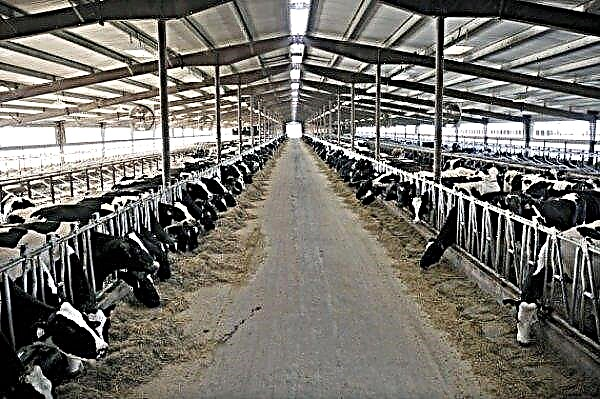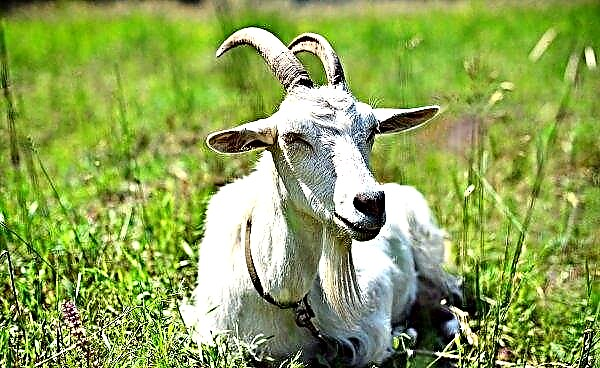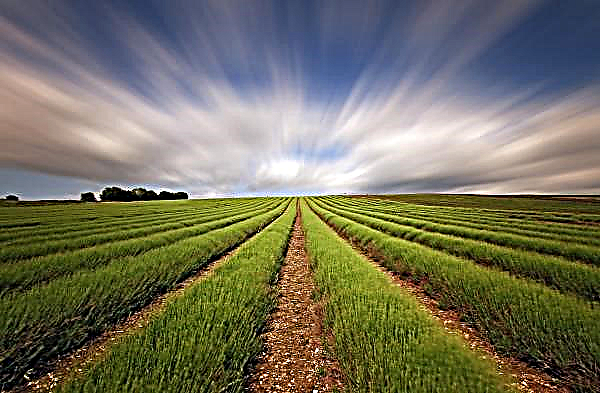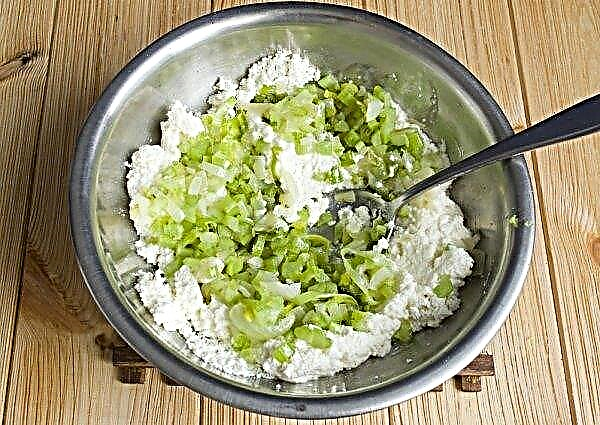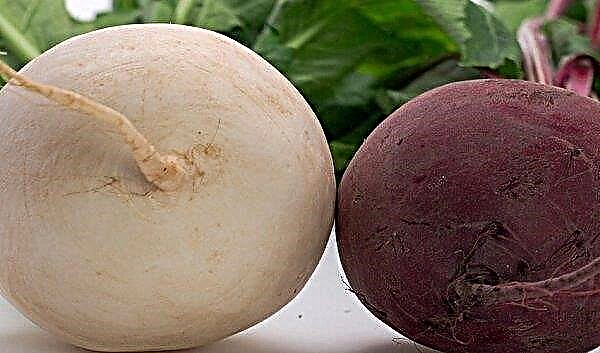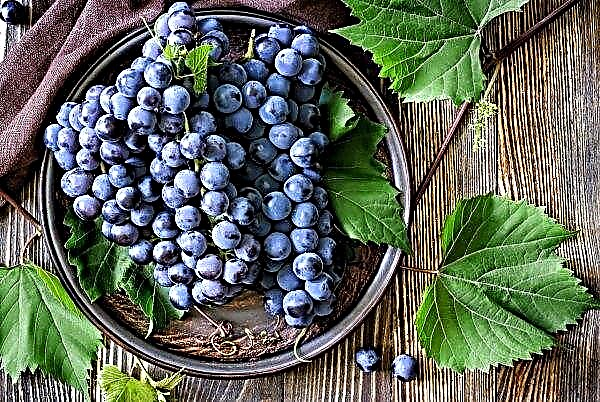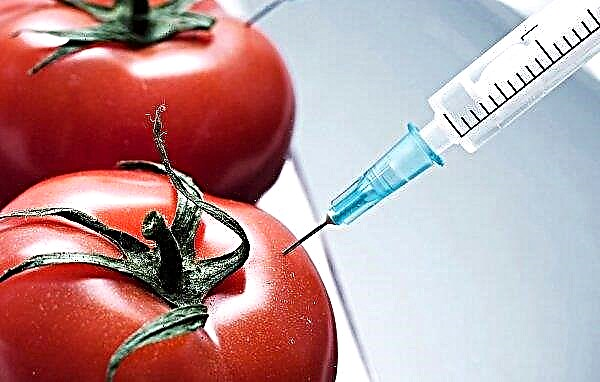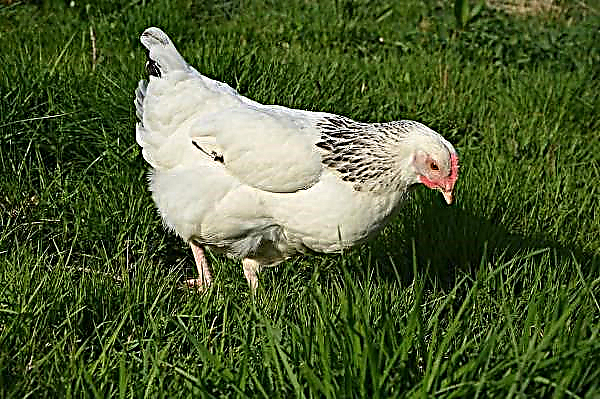The size of potato tops can be used to judge the state of the future harvest. However, not all growers know: when everything is normal, and when you need to sound the alarm. How to deal with pulling potato greens, what are the reasons for this - more on this later in the article.
What sizes of potato tops are considered the norm
There is no single standard for the length of tops: greens develop according to the type of culture - tall or short. Definitely bad, if the green mass exceeded 1 m in height, this should alert the gardener when growing medium-tall or tall bushes. It is good if the bush grows foliage 20-50 cm tall, tall varieties - 80-100 cm.
After planting, the development of green mass and tubers in potatoes is interconnected. While the tops are growing, tubers (seed) feed it. During the flowering period, tubers begin to grow actively, increasing in growth, accumulating nutrients. On average, this period lasts 45-60 days. Any negative effect on the greens will also negatively affect the tubers, limiting the supply current to them from the foliage.
Did you know? In 2008, in the city of Bruges, Belgium, the world's only entrepreneur opened a unique museum of french fries.
Why do potatoes have a big top: the main reasons
If the potato went to the top, first of all you should understand the reasons that led to this situation.
Excess nitrogen
Many inexperienced farmers believe that the more fertilizer, the richer the crop. However, an excess of nutrition, especially organic fertilizers rich in nitrogen, is harmful. Nitrogen contributes to the active growth of greenery, which delays the flowering period and inhibits the growth of tubers, so when planting a crop, it is enough to add organic matter under the autumn digging.
Large tubers
Large potatoes are mistakenly selected for seeds for future planting. You can’t do this: the supply of food in large tubers will be spent on growing greenery, while the roots and tubers will receive less nutrients. After the grown tops will use up all the elements necessary for growth, there will be nothing left for the development of tuberous stolons.
Important! The material must be disinfected before germination in a solution of manganese or another drug in order to increase immunity to diseases.
Lack of light
Potatoes love bright lighting, so planting it in the shade or thickening plantings to reduce the area is highly undesirable. Competing with each other, the bushes will reach higher towards the light source. The result is a sprawling bush, but no tubers.
In the case of non-observance of the distance between the bushes, the occurrence of infections due to increased humidity is also possible. Since fungi spread rapidly, you can not only get a very weak crop, but generally lose the entire plantation.
Unsuitable weather
Warm summers with heavy rainfall create ideal conditions for grass growth. Both weeds and cultivated plants actively develop greenery. For the uniform development of tops and tubers, potatoes need moderate heat and rainfall. The gardener, of course, will not be able to influence the weather, but it is very likely to take some actions to save the crop. About this in detail below.
What should be done
So, the reasons are clarified.
Now you need to take a number of measures to save your landing:
- Excess fertilizer - adjust crop nutrition. To correct the situation, emergency feeding with phosphorus (100 g / 10 l of water) will help. Spraying on foliage will accelerate the outflow of nutrition from greenery to tuberous stolons. Subsequently, in the absence of experience, it is better to use ready-made mineral complexes saturated with all the necessary nutrients. The compositions, among other things, are equipped with detailed instructions for use (terms and standards).
- Poor planting material. Small potatoes about 5 cm in diameter are selected for seeds. Large tubers are preferably cut, but treated before planting all sections with wood ash. The cut seed should build up a protective film on the slices. Whole seeds should not be stained or damaged. Both types of seeds should have at least 3-4 healthy eyes.
- Lack of lighting. When the landings started to grow, it is already impossible to correct the situation, but you can take note of this for next year. Firstly, the lighting should be intense, while the site is protected from draft. Secondly, the distance between the bushes and plants should be respected so as not to thicken the beds, provoking diseases. The distance between the rows is 60–80 cm, between the bushes - 30–50 cm.
- Weather. In adverse weather, there is only one way out of the situation - mowing tops. At the same time, note - you can not touch the greens during flowering. After mowing with frequent rainfall, the risk of fungal diseases will decrease. The tubers will begin intensive development, and their shelf life will increase.
Did you know? One of the most popular varieties of potato Hannibal got its name in honor of Abram Hannibal. Great-grandfather of the great poet Alexander Pushkin was engaged in breeding culture in Russia.
What to do if potato tops are low
Equally poorly long tops and undeveloped greens. In the second case, the reason may lie in the lack of nutrition. In this case, you need to fertilize the plant with phosphorus to stimulate growth and flowering. For feeding take superphosphate in a proportion of 100 g / 10 l of water, it is advisable to feed on a sheet.
Too small tops can talk about a bush disease. Most often, the bushes are affected by late blight. To protect the planting, you need to pre-process the seed. In the future, carry out preventive treatments using a liquid solution of colloidal sulfur (50 g / 10 l of water), 300 m² of solution is sufficient for m². Spend 3 treatments per season.
Excessive watering can lead to decay of the tops. To carry out the procedure, warm, settled water is used, each bush is watered in parts: first, one part, after absorption, the remainder. 3-4 liters of water are poured under the bush. With heavy rainfall, watering is not needed. In moderate rains, watering is carried out, looking at the drying of the upper layer of soil.
Before planting, it is also important to clear the area of plant debris. It is not recommended to plant potatoes twice on the same bed.
Observance of simple rules on crop rotation, planting techniques and prevention will allow you to grow a wonderful crop without any problems. The correct norms of watering and top dressing will positively affect the quality of the grown fruits.Important! It is necessary to choose the right predecessors, excluding related nightshade cultures. The best precursors for potatoes are legumes, cucumbers, pumpkin.


